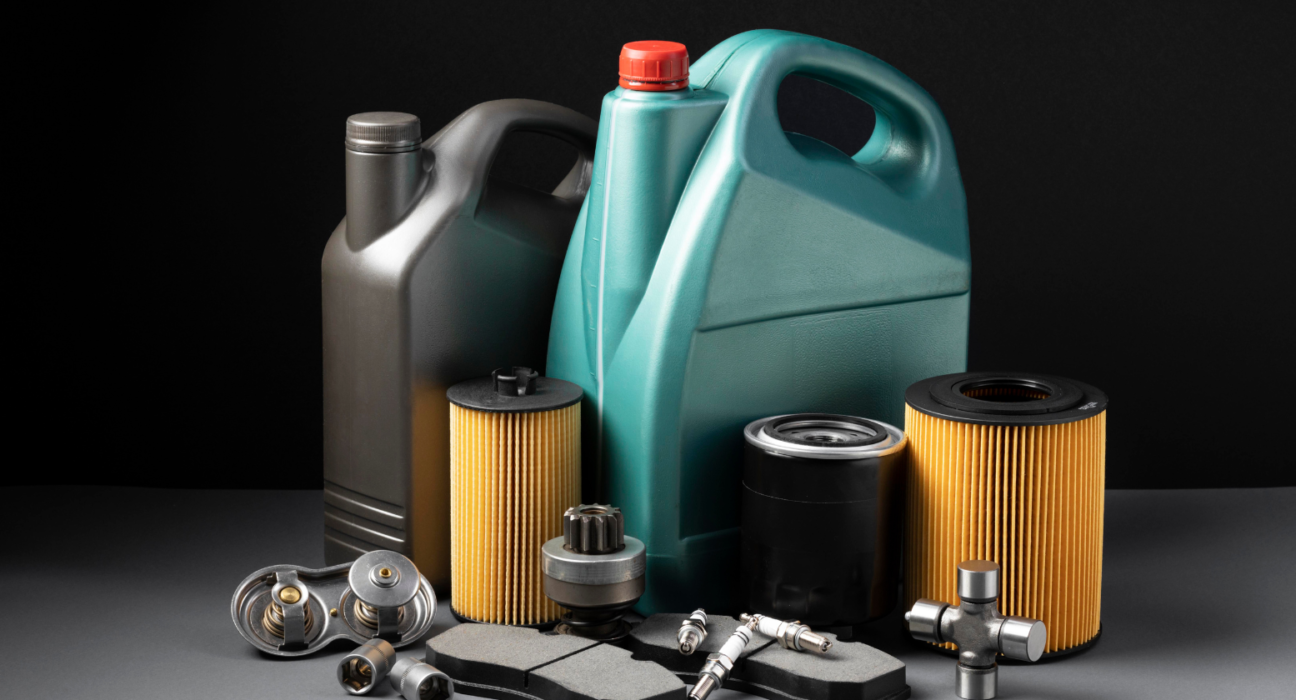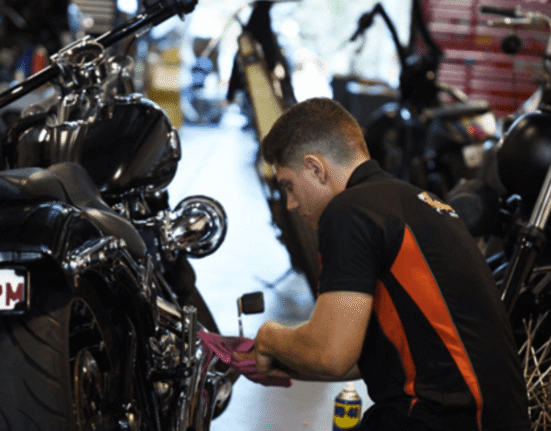Owning a motorcycle is a modern-day necessity, whether you’re a passionate rider or someone relying on your machine for daily commutes. Ensuring your bike’s optimal performance requires meticulous maintenance, with selecting the best engine oil for the bike playing a crucial role in this process.
Table of Contents
Why the Right Bike Engine Oil Matters:
Engine oil not only lubricates your engine but also minimizes friction among its moving parts. Considering the speed and heat generated during high-speed rides, quality engine oil helps keep your engine cool, regardless of whether it’s air-cooled or utilizes external coolant to regulate temperature according to weather conditions.
Understanding Your Bike:
When it comes to choosing the best engine oil for bike, understanding its unique specifications is key. Factors such as engine size, bike model, and riding style all contribute to determining the right type of engine oil. Refer to your owner’s manual or consult a professional mechanic to identify the recommended grade and viscosity for your specific make and model. This knowledge empowers you to make informed decisions that contribute to your bike’s long-term smooth operation.
Types of Engine Oil :
Mineral Oil
- Composition: Derived directly from crude oil, mineral oil is a traditional and cost-effective option.
- Performance: Suitable for standard commuting and everyday riding.
- Pros: Adequate lubrication, budget-friendly.
- Cons: Limited high-temperature stability, may require more frequent changes.
Semi-Synthetic Oil
- Composition: A blend of mineral oil and synthetic additives.
- Performance: Strikes a balance between cost and enhanced performance.
- Pros: Improved stability at higher temperatures and better protection for high-performance engines.
- Cons: Slightly pricier than mineral oil.
Fully synthetic oil
- Composition: Chemically engineered with synthetic base stocks.
- Performance: Offers superior protection and performance, especially in demanding conditions.
- Pros: Excellent stability in extreme temperatures, reduces engine wear and longer intervals between oil changes.
- Cons: Higher cost compared to mineral and semi-synthetic oils.
Knowing the Grades
- Engine oils are classified based on viscosity, with the SAE (Society of Automotive Engineers) scale being a common grading system.
Understanding Viscosity:
Choosing the right viscosity is crucial for preserving engine components, minimizing wear, and optimizing overall performance. Always refer to your bike’s manual or consult with a professional mechanic to determine the recommended viscosity for your specific make and model. Taking the time to understand these intricacies ensures that your engine receives the right protection, contributing to a prolonged and smooth riding experience.
Viscosity is a crucial aspect of engine oil, representing its resistance to flow. It is denoted by the two numbers on the oil container, such as 10W-40. Let’s break down the significance of these numbers:
| Viscosity Rating (e.g., 10W-40) | Performance in Cold Temperatures (W) | Performance in High Temperatures |
| 0W | Works like a charm! | Not commonly used, but great in extreme cold. |
| 5W | Standard viscosity works well in higher temperatures. | Better cold flow for smoother startups. |
| 10W | Good performance in the cold, with enhanced cold flow. | Improved cold flow, especially on chilly mornings. |
| 15W | Works well in the cold, maintaining good lubrication. | Standard cold flow for everyday rides. |
| 20W | Still good in the cold, with acceptable cold flow. | Slightly less cold flow, suitable for normal temperatures. |
| 25W | Limited use in cold temperatures. | Rarely used, not commonly found. |
| 20 | Standard viscosity, no winter designation. | Maintains standard viscosity at normal temperatures. |
| 30 | Maintains viscosity even in colder weather. | Standard viscosity, suitable for various conditions. |
| 40 | Keeps it consistent in a range of temperatures. | Standard viscosity, suitable for most riding conditions. |
| 50 | No winter rating, but stable in warm weather. | Standard viscosity, works well in higher temperatures. |
First Number (before the W):
- Indicates the oil’s flow characteristics in low temperatures.
- Lower numbers (e.g. 5W) flow better in low temperatures, ensuring proper lubrication during startup.
- Ideal for motorcycles in cold climates.
W (Winter):
- Represents the oil’s performance in winter conditions.
- Ensures the oil maintains adequate flow and lubrication even in cold weather.
Second Number (after the W):
- Reflects the oil’s viscosity at high temperatures.
- Higher numbers (e.g., 40) indicate better viscosity at high temperatures, providing enhanced protection during prolonged rides or in warmer climates.
- Represents the oil’s performance in winter conditions.
- Ensures the oil maintains adequate flow and lubrication even in hot weather.
Understanding these viscosity ratings helps riders select oil tailored to their specific riding conditions. For instance, a 10W-40 oil is versatile, flowing well in cold weather while maintaining stability in warmer temperatures.
Conclusion:
Selecting the best engine oil for bike is paramount to ensure optimal performance and longevity. Regular maintenance, including choosing the right engine oil, significantly impacts your bike’s overall health. By understanding your bike, knowing engine oil grades, and considering oil additives, you make an informed decision that benefits both your two-wheeler and your riding experience. Remember, taking care of your bike begins with choosing the right engine oil – a small investment leading to significant returns in terms of performance and durability. Take the time to research and select the best engine oil for your bike – it’s a choice you won’t regret!







4 Comments